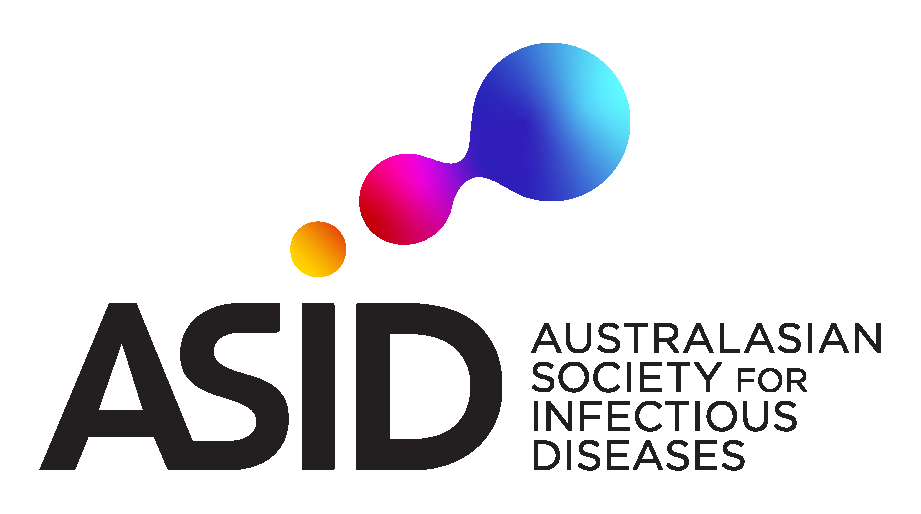There have been increasing cases of HMPV reported recently in China – so what is HMPV and should we be concerned about another pandemic?
“As the peak professional body for infectious diseases and clinical microbiology in Australasia, ASID encourages the public to rely on reputable sources of information such as those referenced below.”
“HMPV” or “hMPV” is short for human metapneumovirus. It is a virus that causes respiratory infection similar to influenza (“flu”) and respiratory syncytial virus (“RSV”), though usually causes a less severe illness.
The symptoms of HMPV – including coughing, fevers, breathlessness, nasal congestion and tiredness – are the same as for other respiratory viruses, so the only way to tell them apart is through testing. The testing may be done on the same swab collected for testing for flu, RSV and/or COVID-19 by a laboratory. Your health care provider may request “respiratory viruses” on the test form.
Who is at risk of HMPV?
Anyone may become infected with HMPV, but most people will recover on their own with rest and if required, simple over-the-counter medications. HMPV can cause more severe illness like pneumonia in very young children, the elderly, people with weakened immune systems or lung disease and those who smoke. As HMPV is a virus, antibiotics do not work against it.
HMPV is spread from person to person in the same way as other respiratory viruses. As there are no vaccines or specific treatments for HMPV, the best protection is to practice good hygiene and keep people who are sick away from others, particularly those most vulnerable to severe infection.
Has there been an increase in HMPV?
HMPV was discovered in 2001 and has been shown to have circulated in humans for at least 50 years. Unlike the emergence of the novel coronavirus SARS-CoV-2 (COVID-19) in 2019, HMPV is a familiar virus to humans and there is established immunity across the population. Globally hMPV is a common respiratory virus which has been found to circulate in many countries in winter through to spring.
In some areas of China, there have been reports of increased respiratory illnesses particularly in children since mid-October 2023. This has been shown to be due to known existing causes of respiratory illnesses, including HMPV more recently. The increase is attributed to the lifting of COVID-19 restrictions as well the arrival of the Northern Hemisphere winter season. Local and international health authorities continue to monitor the situation and provide updates.
In Australia and New Zealand, HMPV is not a nationally notifiable disease, which means that data on test results are not reported in all states and territories. For those organisations that do collect and report data on laboratory test results, there has been an increase in HMPV positive tests since August 2024 which now seems to have plateaued. The highest rates were in toddlers. This trend has also been seen in other parts of the world. However, there has been no increase in GP consultations for fever and cough in Australia [1], nor any increase in severe respiratory disease based on hospital surveillance.
It is important to note that since the COVID-19 pandemic, testing people with respiratory infections has become more common.
References
[1] Australian Respiratory Surveillance Report 17 – 18 November to 15 December 2024
Information sources
World Health Organisation (WHO): 7 Jan 2025 Trends of acute respiratory infection, including human metapneumovirus, in the Northern Hemisphere
National Health and Medical Research Council (NHMRC): Human metapneumovirus fact sheet
Australian Government: Australian Respiratory Surveillance Reports
NSW Government: Respiratory viruses fact sheet
NSW Government: NSW respiratory surveillance - COVID-19 and influenza
National Library of Medicine: Zoonotic Origins of Human Metapneumovirus: A Journey from Birds to Humans
The Conversation: 7 Jan 2025 hMPV may be spreading in China. Here’s what to know about this virus – and why it’s not cause for alarm
Authored by a Prof Allen Cheng, an infectious diseases physician at Monash University, and Past President of ASID.
Media Contact: Alison Sweeney alison@asid.com.au or 0425 221 155.
